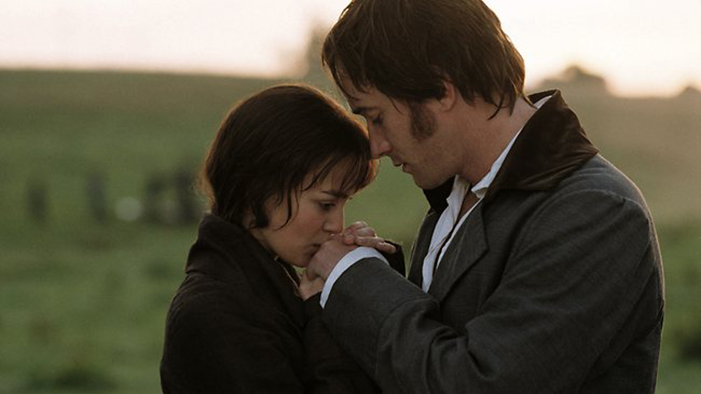Summary
“Fra Lippo Lippi,” another of Browning’s dramatic monologues, appeared in the 1855 collection Men and Women. Fra (Brother) Lippo Lippi was an actual Florentine monk who lived in the fifteenth century. He was a painter of some renown, and Browning most probably gained familiarity with his works during the time he spent in Italy. “Fra Lippo Lippi” introduces us to the monk as he is being interrogated by some Medici watchmen, who have caught him out at night. Because Lippo’s patron is Cosimo de Medici, he has little to fear from the guards, but he has been out partying and is clearly in a mood to talk. He shares with the men the hardships of monastic life: he is forced to carry on his relationships with women in secret, and his superiors are always defeating his good spirits. But Lippo’s most important statements concern the basis of art: should art be realistic and true-to-life, or should it be idealistic and didactic? Should Lippo’s paintings of saints look like the Prior’s mistress and the men of the neighborhood, or should they evoke an otherworldly surreality? Which kind of art best serves religious purposes? Should art even serve religion at all? Lippo’s rambling speech touches on all of these issues.
Form
“Fra Lippo Lippi” takes the form of blank verse—unrhymed lines, most of which fall roughly into iambic pentameter. As in much of his other poetry, Browning seeks to capture colloquial speech, and in many parts of the poem he succeeds admirably: Lippo includes outbursts, bits of songs, and other odds and ends in his rant. In his way Browning brilliantly captures the feel of a late-night, drunken encounter.
Analysis
The poem centers thematically around the discussion of art that takes place around line 180. Lippo has painted a group of figures that are the spitting image of people in the community: the Prior’s mistress, neighborhood men, etc. Everyone is amazed at his talent, and his great show of talent gains him his place at the monastery. However, his talent for depicting reality comes into conflict with the stated religious goals of the Church. The Church leadership believes that their parishioners will be distracted by the sight of people they know within the painting: as the Prior and his cohorts say, “ ‘Your business is not to catch men with show, / With homage to the perishable clay.../ Make them forget there’s such a thing as flesh. / Your business is to paint the souls of men.’ ” In part the Church authorities’ objections stem not from any real religious concern, but from a concern for their own reputation: Lippo has gotten a little too close to the truth with his depictions of actual persons as historical figures—the Prior’s “niece” (actually his mistress) has been portrayed as the seductive Salome. However, the conflict between Lippo and the Church elders also cuts to the very heart of questions about art: is the primary purpose of Lippo’s art—and any art—to instruct, or to delight? If it is to instruct, is it better to give men ordinary scenes to which they can relate, or to offer them celestial visions to which they can aspire? In his own art, Browning himself doesn’t seem to privilege either conclusion; his work demonstrates only a loose didacticism, and it relies more on carefully chosen realistic examples rather than either concrete portraits or abstractions. Both Fra Lippo’s earthly tableaux and the Prior’s preferred fantasias of “ ‘vapor done up like a new-born babe’ ” miss the mark. Lippo has no aspirations beyond simple mimesis, while the Prior has no respect for the importance of the quotidian. Thus the debate is essentially empty, since it does not take into account the power of art to move man in a way that is not intellectual but is rather aesthetic and emotional.
Lippo’s statements about art are joined by his complaints about the monastic lifestyle. Lippo has not adopted this lifestyle by choice; rather, his parents’ early death left him an orphan with no choice but to join the monastery. Lippo is trapped between the ascetic ways of the monastery and the corrupt, fleshly life of his patrons the Medicis. Neither provides a wholly fulfilling existence. Like the kind of art he espouses, the Prior’s lifestyle does not take basic human needs into account. (Indeed, as we know, even the Prior finds his own precepts impossible to follow.) The anything-goes morality of the Medicis rings equally hollow, as it involves only a series of meaningless, hedonistic revels and shallow encounters. This Renaissance debate echoes the schism in Victorian society, where moralists and libertines opposed each other in fierce disagreement. Browning seems to assert that neither side holds the key to a good life. Yet he concludes, as he does in other poems, that both positions, while flawed, can lead to high art: art has no absolute connection to morality.


 payment page
payment page



